Letter
Special Issues
Understanding the influence of graphene and nonclay on the microcracks developed at cryogenic temperature
-
1.
School of Material Science and Engineering, Oklahoma State University, Tulsa, OK 74106, USA
-
2.
School of Mechanical and Aerospace Engineering, Oklahoma State University, Stillwater, OK 74078, USA
-
Received:
20 May 2019
Accepted:
27 June 2019
Published:
02 July 2019
-
-
-
-
This research examines reduction of microcracks in polyurea by addition of graphene and nanoclay on account of potential improvement in barrier properties. Graphene and nanoclay were added in different wt. fractions to polyurea followed by thin film preparation. The prepared thin film samples were characterized using scanning electron microscopy. Surface images before and after exposure to cryogenic temperature indicate that controlled addition of graphene and nanoclay to polyurea thin film can lead to a reduction in microcracking caused by thermal shocks.
Citation: Vishanth Uppu, Kunal Mishra, Libin K. Babu, Ranji Vaidyanathan. Understanding the influence of graphene and nonclay on the microcracks developed at cryogenic temperature[J]. AIMS Materials Science, 2019, 6(4): 559-566. doi: 10.3934/matersci.2019.4.559
Related Papers:
| [1] |
Eugene Kashdan, Dominique Duncan, Andrew Parnell, Heinz Schättler .
Mathematical methods in systems biology. Mathematical Biosciences and Engineering, 2016, 13(6): i-ii.
doi: 10.3934/mbe.201606i
|
| [2] |
Janine Egert, Clemens Kreutz .
Realistic simulation of time-course measurements in systems biology. Mathematical Biosciences and Engineering, 2023, 20(6): 10570-10589.
doi: 10.3934/mbe.2023467
|
| [3] |
Adam Peddle, William Lee, Tuoi Vo .
Modelling chemistry and biology after implantation of a drug-eluting stent. Part Ⅱ: Cell proliferation. Mathematical Biosciences and Engineering, 2018, 15(5): 1117-1135.
doi: 10.3934/mbe.2018050
|
| [4] |
Anissa Guillemin, Michael P. H. Stumpf .
Non-equilibrium statistical physics, transitory epigenetic landscapes, and cell fate decision dynamics. Mathematical Biosciences and Engineering, 2020, 17(6): 7916-7930.
doi: 10.3934/mbe.2020402
|
| [5] |
Urszula Ledzewicz, Avner Friedman, Jacek Banasiak, Heinz Schättler, Edward M. Lungu .
From the guest editors. Mathematical Biosciences and Engineering, 2013, 10(3): i-ii.
doi: 10.3934/mbe.2013.10.3i
|
| [6] |
Avner Friedman, Kang-Ling Liao .
The role of the cytokines IL-27 and IL-35 in cancer. Mathematical Biosciences and Engineering, 2015, 12(6): 1203-1217.
doi: 10.3934/mbe.2015.12.1203
|
| [7] |
Lin Zhang, Yongbin Ge, Zhi Wang .
Positivity-preserving high-order compact difference method for the Keller-Segel chemotaxis model. Mathematical Biosciences and Engineering, 2022, 19(7): 6764-6794.
doi: 10.3934/mbe.2022319
|
| [8] |
Cristina De Ambrosi, Annalisa Barla, Lorenzo Tortolina, Nicoletta Castagnino, Raffaele Pesenti, Alessandro Verri, Alberto Ballestrero, Franco Patrone, Silvio Parodi .
Parameter space exploration within dynamic simulations of signaling networks. Mathematical Biosciences and Engineering, 2013, 10(1): 103-120.
doi: 10.3934/mbe.2013.10.103
|
| [9] |
Fred Brauer, Carlos Castillo-Chavez, Thomas G. Hallam, Jia Li, Jianhong Wu, Yicang Zhou .
From the Guest Editors. Mathematical Biosciences and Engineering, 2006, 3(1): i-ix.
doi: 10.3934/mbe.2006.3.1i
|
| [10] |
Maria Vittoria Barbarossa, Christina Kuttler, Jonathan Zinsl .
Delay equations modeling the effects of phase-specific drugs and immunotherapy on proliferating tumor cells. Mathematical Biosciences and Engineering, 2012, 9(2): 241-257.
doi: 10.3934/mbe.2012.9.241
|
-
Abstract
This research examines reduction of microcracks in polyurea by addition of graphene and nanoclay on account of potential improvement in barrier properties. Graphene and nanoclay were added in different wt. fractions to polyurea followed by thin film preparation. The prepared thin film samples were characterized using scanning electron microscopy. Surface images before and after exposure to cryogenic temperature indicate that controlled addition of graphene and nanoclay to polyurea thin film can lead to a reduction in microcracking caused by thermal shocks.
References
|
[1]
|
Shaffer MSP, Sandler JKW (2006) Carbon nanotube/nanofiber polymer composites, In: Advani SG, Processing and Properties of Nanocomposites, World Scientific, 1–59.
|
|
[2]
|
Mishra K, Singh RP (2019) Effect of APTMS modification on multiwall carbon nanotube reinforced epoxy nanocomposites. Compos Part B-Eng 162: 425–432. doi: 10.1016/j.compositesb.2018.12.134

|
|
[3]
|
Tong Y, Bohm S, Song M (2013) Graphene based materials and their composites as coatings. Austin J Nanomed Nanotechnol 1: 1003.
|
|
[4]
|
Singh V, Joung D, Zhai L, et al. (2011) Graphene based materials: past, present and future. Prog Mater Sci 56: 1178–1271. doi: 10.1016/j.pmatsci.2011.03.003

|
|
[5]
|
Yoo BM, Shin HJ, Yoon HW, et al. (2014) Graphene and graphene oxide and their uses in barrier polymers. J Appl Polym Sci 131: 39628.
|
|
[6]
|
Gilman JW, Morgan AB, Giannelis EP, et al. (1999) Flammability and thermal stability studies of polymer layered-silicate (clay) nanocomposites-II. Proceedings of the BCC Conference on Flame Retardancy, 1–11.
|
|
[7]
|
Alexandre M, Dubois P (2000) Polymer-layered silicate nanocomposites: preparation, properties and uses of a new class of materials. Mat Sci Eng R 28: 1–63. doi: 10.1016/S0927-796X(00)00012-7

|
|
[8]
|
Ogasawara T, Ishida Y, Ishikawa T, et al. (2006) Helium gas permeability of montmorillonite/epoxy nanocomposites. Compos Part A-Appl S 37: 2236–2240. doi: 10.1016/j.compositesa.2006.02.015

|
|
[9]
|
Fragiadakis D, Gamache R, Bogoslovov RB, et al. (2010) Segmental dynamics of polyurea: effect of stoichiometry. Polymer 51: 178–184. doi: 10.1016/j.polymer.2009.11.028

|
|
[10]
|
Casalini R, Bogoslovov R, Qadri SB, et al. (2012) Nanofiller reinforcement of elastomeric polyurea. Polymer 53: 1282–1287. doi: 10.1016/j.polymer.2012.01.034

|
|
[11]
|
Amini MR, Isaacs J, Nemat-Nasser S (2010) Investigation of effect of polyurea on response of steel plates to impulsive loads in direct pressure-pulse experiments. Mech Mater 42: 628–639. doi: 10.1016/j.mechmat.2009.09.008

|
|
[12]
|
Mihut AM, Sánchez-Ferrer A, Crassous JJ, et al. (2013) Enhanced properties of polyurea elastomeric nanocomposites with anisotropic functionalized nanofillers. Polymer 54: 4194–4203. doi: 10.1016/j.polymer.2013.05.056

|
|
[13]
|
Qian X, Song L, Tai Q, et al. (2013) Graphite oxide/polyurea and graphene/polyurea nanocomposites: a comparative investigation on properties reinforcements and mechanism. Compos Sci Technol 74: 228–234. doi: 10.1016/j.compscitech.2012.11.018

|
|
[14]
|
Cai D, Song M (2014) High mechanical performance polyurea/organoclay nanocomposites. Compos Sci Technol 103: 44–48. doi: 10.1016/j.compscitech.2014.08.011

|
|
[15]
|
Mishra K, Gidley D, Singh RP (2019) Influence of self-assembled compliant domains on the polymer network and mechanical properties of POSS-epoxy nanocomposites under cryogenic conditions. Eur Polym J 116: 283–290. doi: 10.1016/j.eurpolymj.2019.02.034

|
-
-
This article has been cited by:
| 1.
|
Charles L. Wiseman, Jarrod P. Holmes, Carmen Calfa, Shaker R. Dakhil, Saveri Bhattacharya, George E. Peoples, Markus D. Lacher, Miguel Lopez-Lago, Alex Kharazi, Giuseppe Del Priore, Mingjin Chang, Daniel L. Adams, William V. Williams,
Results of a phase I/IIa trial of SV-BR-1-GM inoculation with low-dose cyclophosphamide and interferon alpha (Bria-IMT) in metastatic breast cancer,
2024,
20,
2164-5515,
10.1080/21645515.2024.2379864
|
|
-
-











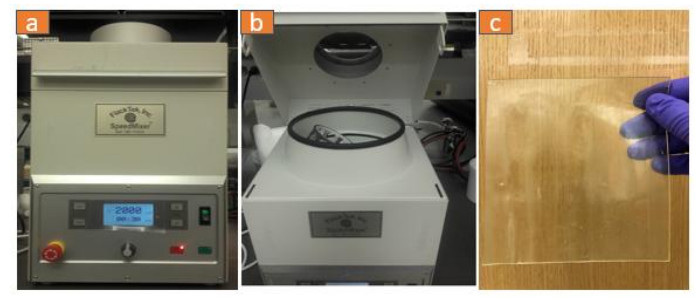
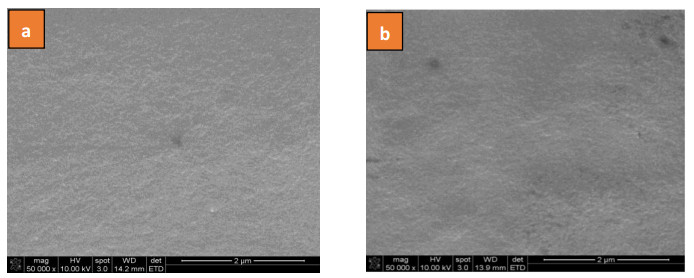
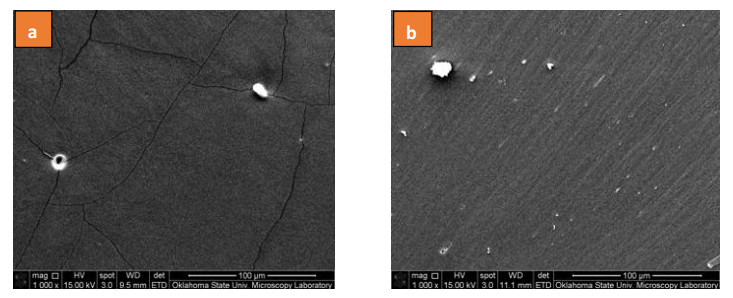
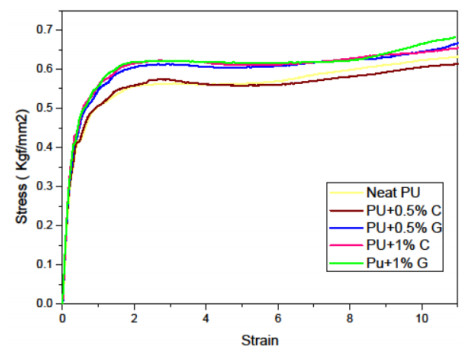
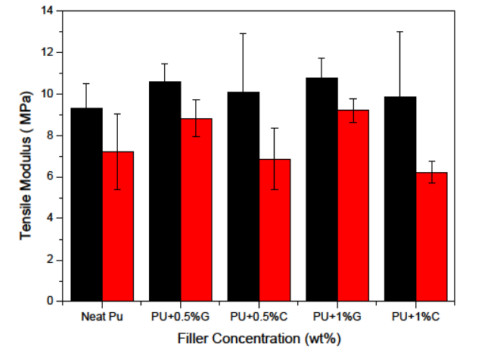
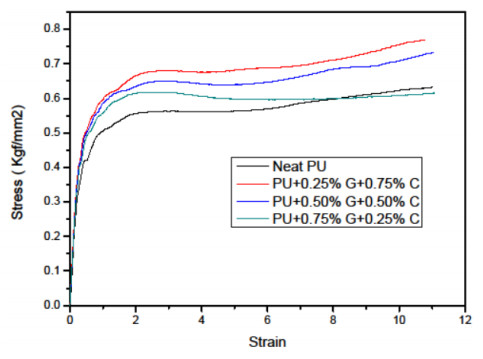
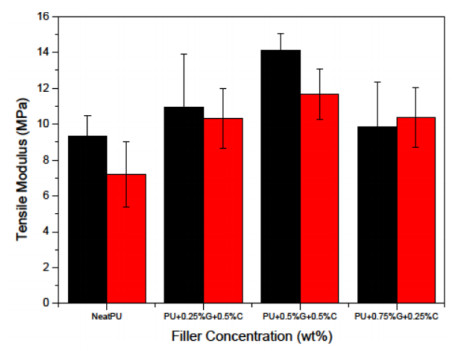


 DownLoad:
DownLoad: